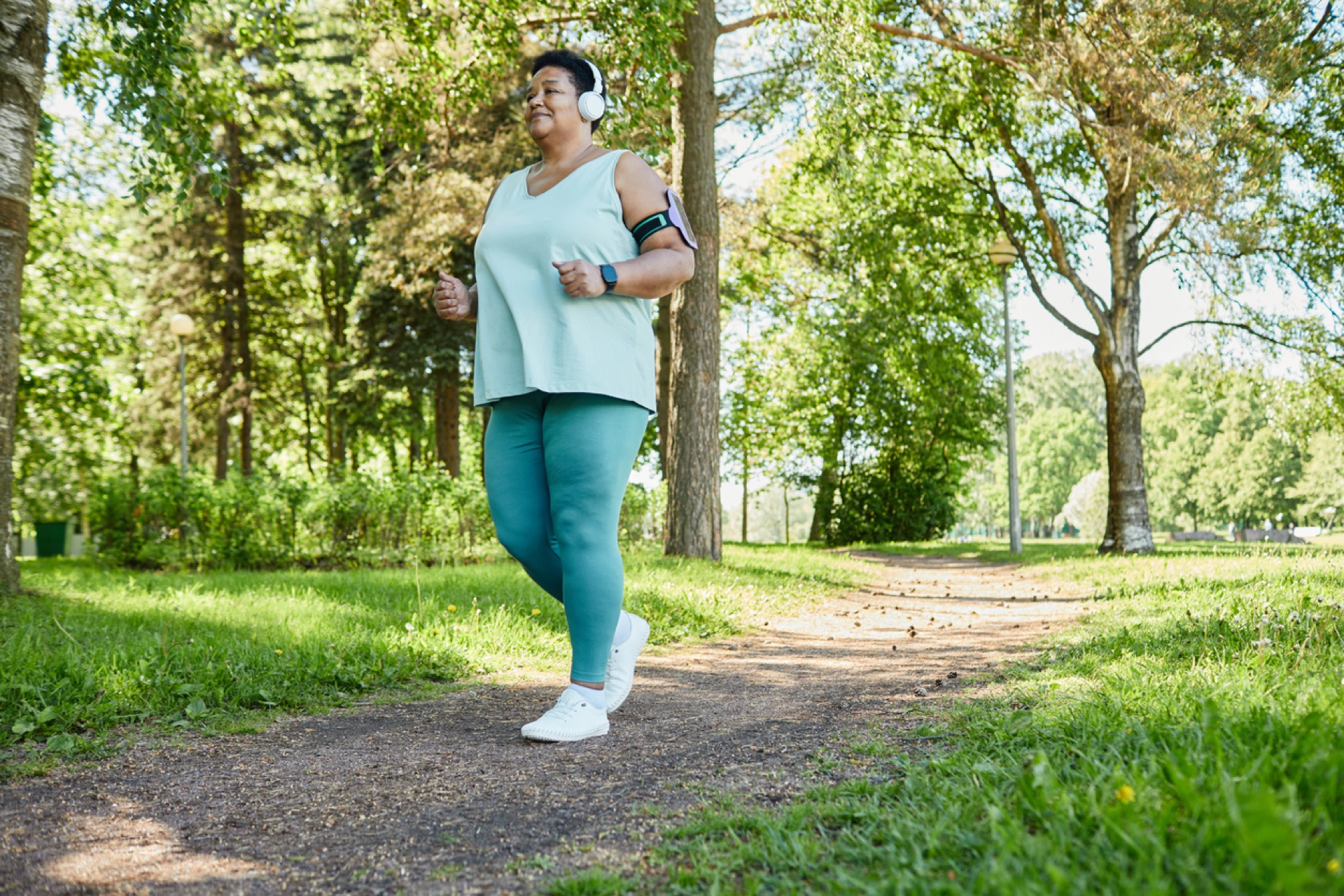Manejo del dolor: 17 señales sutiles de que tu dolor está mejorando
Vivir con dolor puede ser un camino sinuoso. Aprende sobre algunas de las señales sutiles de que tu dolor está mejorando en el camino.
$0 costo para usted
Fecha de Publicación: Aug 15, 2023
El índice
Toca el alivio del dolor. En cualquier momento y en cualquier lugar con nuestra aplicación.
Haz ejercicios de un fisioterapeuta con licencia y más para aliviar tu dolor. Todo bien desde tu teléfono. A un costo de 0 dólares para ti.
Comienzpor la aplicación